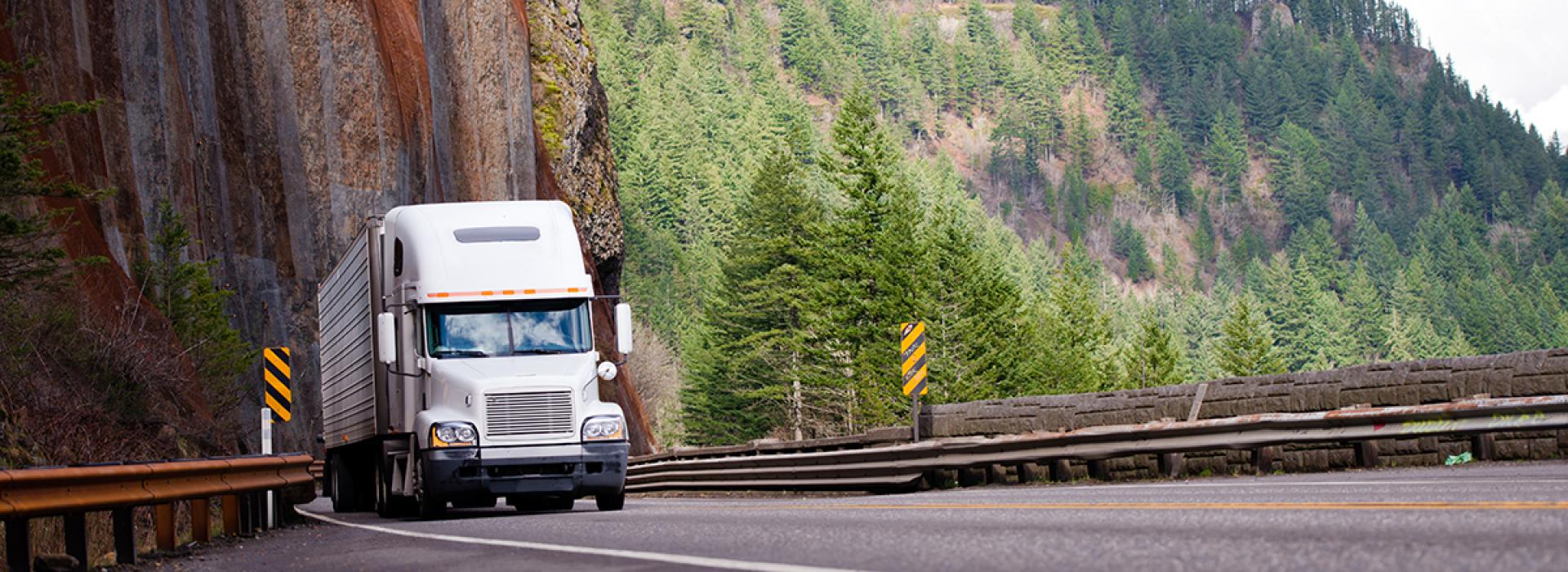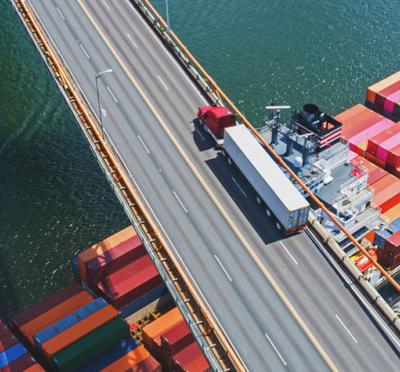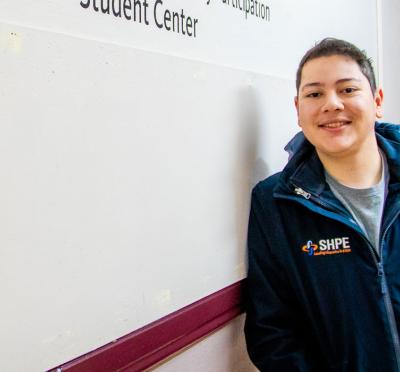Truck drivers are on the front lines of the coronavirus pandemic, delivering necessities like medical supplies and groceries to a nation sheltering in place. These essential workers face additional risks to their safety, as they drive longer hours and have fewer places to rest.
Salvador Hernandez, associate professor of transportation engineering, had questions about truck driver response to significant shifts in operations during the COVID-19 virus outbreak. In April, Hernandez received funding from PacTrans, a regional consortium through which the U.S. Department of Transportation awards grants to universities, to examine these issues through his project, “Measures of Freight Network Resiliency: A Pacific Northwest Expanded Data Capture and Analysis of Truck Drivers and Support Services under Pandemic Distress.”
“Because of the need for specific goods during the pandemic, the federal government relaxed the hours-of-service restrictions so they can drive a longer distance, and we don’t know the effect on drivers yet,” Hernandez said.
As part of the study, Hernandez will coordinate data collection of freight movement and position through freight telematics companies, such as EROAD. The data can be used to identify patterns of rest times, speed, and other potentially unsafe maneuvers.
In another project, Hernandez worked with collaborator Sarah Vavrik Hernandez of the University of Arkansas to survey over 600 truck drivers nationally on how the pandemic has affected their work.
“The purpose of the survey is to determine how the truck drivers are feeling, how they are managing fatigue, and if they have increased speed because they are asked to do more trips,” Hernandez said. “It’s been shown in previous research that the longer they drive, the higher the probability they will be involved in a crash.”
In some regions, with many restaurants and truck stops closed because of the pandemic, finding a place to park safely for a break is another challenge for drivers. Collaborating with EROAD, Hernandez will seek to identify current and alternative truck parking locations.
“Even public facilities have been closed, so now we have the problem of trucks parking on the side of the roads, and on off-ramps and on-ramps,” Hernandez said. “How can states be better prepared to have enough capacity and options for truck drivers to rest? One idea is to designate temporary truck parking at large empty retailer parking lots along the highways.”
The findings of this work can provide a platform to study the complex role of drivers, fleet operators, truck stop operators, and state and federal transport agencies within a pandemic.
“We want to get at the forefront of understanding the truck driver experience and understanding the data,” Hernandez said. “And learn what states can do to prepare for the next pandemic.”




